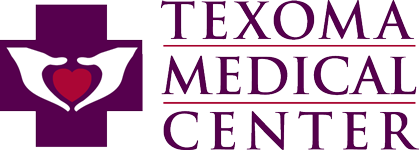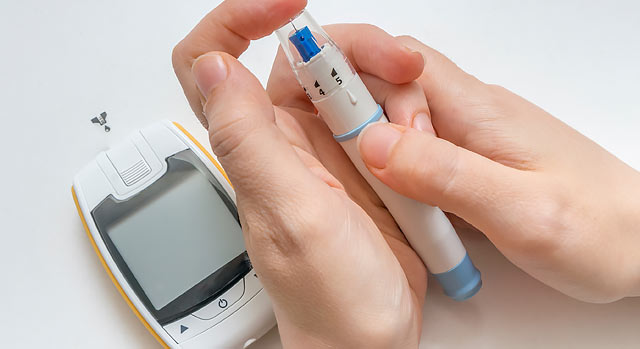Diabetes Basics
Diabetes is a disorder of metabolism, in which the body is unable to regulate its blood glucose levels appropriately. Glucose, a simple sugar, comes from the carbohydrates that you eat. Your body synthesizes and stores glucose, which it then uses as a major source of energy.
For glucose to get into cells, insulin, a hormone produced in the pancreas, must be present. In people with diabetes, the pancreas either produces little or no insulin, or the body cells do not respond to the insulin that it produces. As a result, glucose can't get into the cells of the body and glucose levels in the blood become elevated. Over time the high blood sugar levels damage many organs of the body.
Certain factors can increase the risk of developing diabetes. People who have close family members with diabetes and people who are overweight have a greater chance of developing diabetes. Also, the risk of diabetes is increased in some ethnic groups including people who are African-American, Latino American or Native American. Other factors that may increase the risk of diabetes include high blood pressure and hyperlipidemia (elevated cholesterol).
Symptoms of high blood sugar include increased thirst and urination, blurred vision, fatigue and weight loss. In some individuals the elevated blood sugar may lead to recurrent infections such as urinary tract infection, vaginal yeast infection, or infections of the skin. However, many individuals with diabetes may go for many years without symptoms. For that reason, it is recommended that all adults age 45 and above should be tested for diabetes every three years.
Individuals with diabetes are at risk for complications that may affect the eyes, kidneys, nerves and circulatory system. Managing diabetes requires that each patient establish goals of therapy that include target blood sugar range, weight management and dietary and lifestyle changes.
Type 1 and 2 Diabetes
Patients with diabetes are diagnosed with either type 1 or type 2.
Type 1
The pancreas does not produce enough insulin with type 1 diabetes. Without insulin, an excessive amount of glucose remains in the blood and can lead to health problems affecting the heart, eyes, kidneys, nerves, gums and teeth. Symptoms can include:
- Being very thirsty
- Urinating often
- Feeling very hungry or tired
- Weight loss - even though you are eating more
- Having sores that heal slowly
- Having dry, itchy skin
- Having blurry eyesight
Type 1 diabetes is typically diagnosed in children and young adults. Patients with type 1 must monitor their blood glucose levels carefully and give themselves insulin injections through an insulin pen, syringes or an insulin pump. Getting exercise and eating healthy are also important aspects of controlling type 1 diabetes.
Type 2
With type 2 diabetes, the most common form of the disease, the body does not use insulin properly. This begins with insulin resistance. The pancreas tries to make extra insulin, but loses the ability to maintain normal blood glucose levels over time. Some people do not notice any symptoms of type 2 diabetes, but they can include:
- Being very thirsty
- Urinating often
- Feeling very hungry or tired
- Having sores that heal slowly
- Having blurry eyesight
- Tingling, pain, or numbness in the hands/feet
Type 2 can affect people at any age, but most often develops in middle-aged and older people. Some with type 2 diabetes can manage their diabetes with healthy eating and exercise. However, many also need oral medications and/or insulin to maintain healthy blood glucose levels.
Learn about the services offered at the Texoma Medical Center Diabetes LifeCenter >

